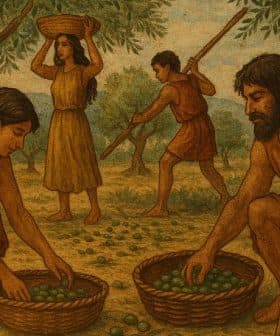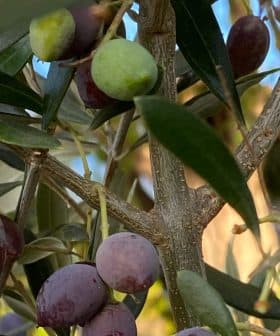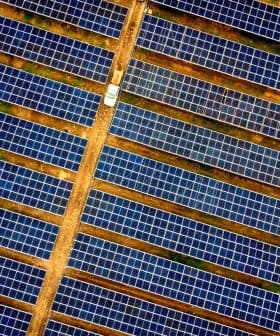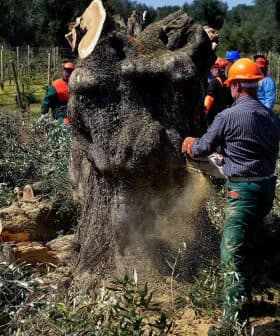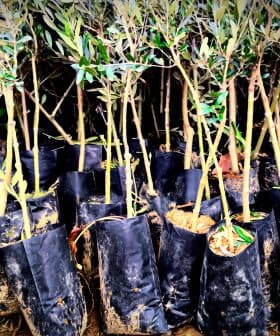Olive Stones 'Ideal' for Noise Barriers
Scientists in Valencia have developed porous concrete acoustic screens made with charred olive stones as a cost-effective and highly absorbent alternative to traditional noise-reducing options, such as mineral wool or wood screens. The use of olive stones not only helps to mitigate rail and road noise, but also provides a valuable outlet for the agricultural by-product, which has traditionally been used for energy generation in biomass boilers or in ancient tea culture in China.

Scientists in Valencia have developed a new use for leftover olive stones — in sound barriers such as those used to reduce rail and road noise.
They found the porosity of olive stones — charred ones in particular — gives them high absorption ability.
The Panolston project researchers, from the Polytechnic University of Valencia’s (UPV) Institute of Transport and Territory, together with the prefabrication company Precon, claim porous concrete acoustic screens made with carbonized olive stones are a viable alternative to current options.
Civil engineer and UPV researcher Julia Real said they not only mitigate rail and road noise, “they provide a new outlet and value-adding for an agricultural by-product, olive stones.”
“We have compared their acoustic performance to screens made with conventional porous concrete, and also with wood or mineral wool with perforated sheet metal, and their absorption capacity is highly competitive, ” she said.
Screens made with mineral wool are one of the best options currently on the market but they are expensive, costing €90 – 120/m2, and work more by reflecting than absorbing noise. Wood screens are now largely obsolete, she said.
“Our screens of porous concrete and charred olive stones not only reflect noise, they absorb it, and with very high levels of absorption. Furthermore, they don’t burn because the stones have already been burned, and they’re 18 percent cheaper.”
Depending on the proportion of olive stone char used and a screen’s surface finish, different frequencies can be absorbed. This allows adaptability to different kinds of noise, such as from a highway or high-speed railway, she said.
Fellow UPV researcher Laura Montalban Domingo told Olive Oil Times that charred olive stones have a high level of porosity. “The open porosity allows a sound wave to penetrate the material and dissipate as it ‘crashes’ into the interior walls of a pore, while the closed porosity modifies the density and rigidity of the material, modifying the screen’s vibrational response,” she said.
According to a ScienceDaily report on making bioethanol from olive stones, Spain’s olive oil and table olive sectors together generate about 4 million tons of olive stone waste a year. Its main use has so far been for energy generation in biomass boilers.
Meanwhile, according to the Tea Obsession blog, olive stone charcoal is part of the ancient tea culture of Chao Zhou, China, where it is used to both boil and flavor the water.


